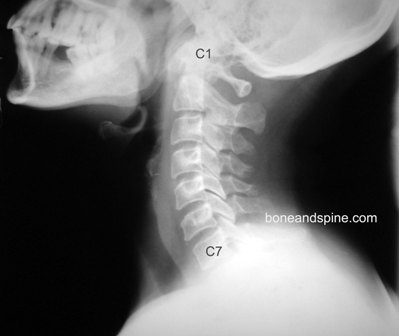
The joining point of the slim portion of the uterus and the vagina’s top is known as the Cervix. according to the Centers for Disease Control and Prevention, 6.2 million people are affected by the human papillomavirus in the United States.
The infection caused by this virus is believed to be necessary for the development of this cancer in 10 percent healthy women. the National Cancer Institute estimates that there will be 12,200 new cases and 4,210 deaths caused by this cancer in 2010.
Symptoms of Cervical Cancer:In most of the cases, the symptoms remain latent in the initial stage and become apparant only in the advanced stage. however, signs of this ailment are:
Though the exact causes of this cancer are not known yet, the American Cancer Society enlists the following risk factors:
The International Federation of Gynecology and Obstetrics’s (FIGO) staging system is used to diagnose this cancer. the clinical examination is carried out through the following allowed diagnostic techniques:
- Palpation
- Cystoscopy
- Inspection
- Examination of the lungs and skeleton using X-rays
- Colposcopy
- Hysteroscopy
- Endocervical curettage
- Intravenous urography
- Cervical conization
- Proctoscopy
Prevention: The eight most common cancer in women in the United States can be prevented by:
- HPV vaccine
- Avoiding smoking
- Using condoms
- Taking nutrients like Vitamin a, Vitamin C, Vitamin E, Carotenoids, Folic acid and CoQ10
- Awareness of the link between HPV infection and this cancer
- Carrying out screening tests
Treatment of Cervical Cancer Based on its Stage:
S.No. Stage of the Cancer Treatment(s) 1. IA Hysterectomy 2. IA2 Hysterectomy and Lymph nodes removed 3. IB1 and IIA less than 4 cm Hysterectomy and Lymph nodes removed or Radiation therapy 4. IB2 and IIA more than 4 cm Radiation therapy and cisplatin-based chemotherapy or Hysterectomy 5. IIB-IVA Radiation therapy and cisplatin-based chemotherapy
The Food and Drug Administration in June 2006, approved two drugs hycamtin and cisplatin to be used together for treating late-stage (IVB) cervical cancer. however, the side effects of these chemotherapy drugs are low count of red blood cells, white blood cells and platelets.
The Five year survival rate after getting treated based on the stage of the cancer in women are:
S.No. Stage of the Cancer 5 Years Survival Percentage 1. Stage I 80-90 2. Stage II 50-65 3. Stage III 25-35 4. Stage IV 15 or Less